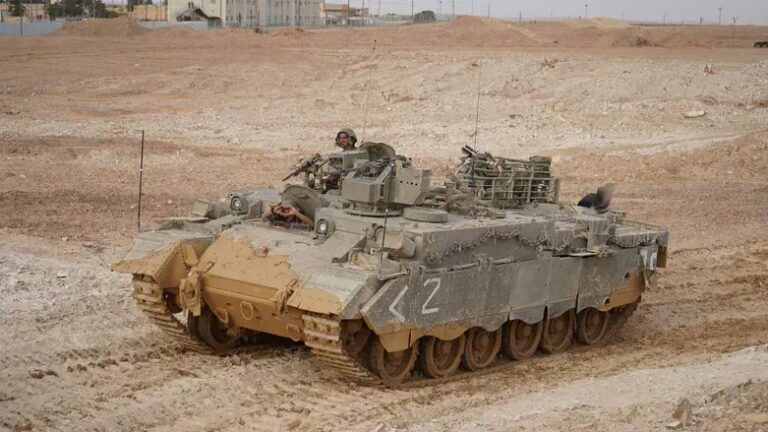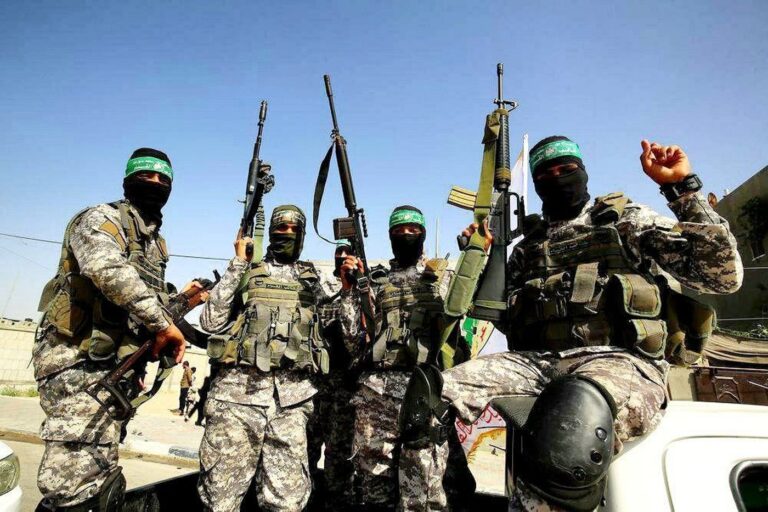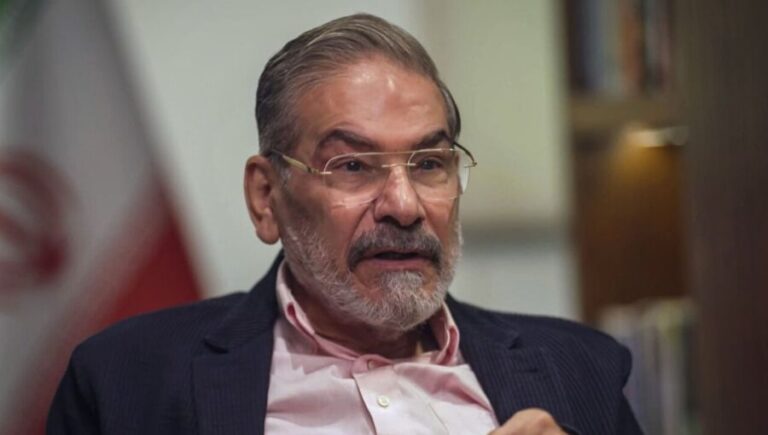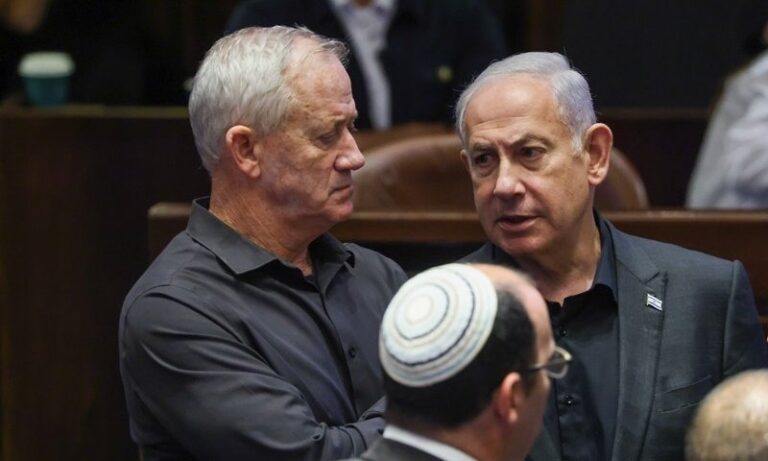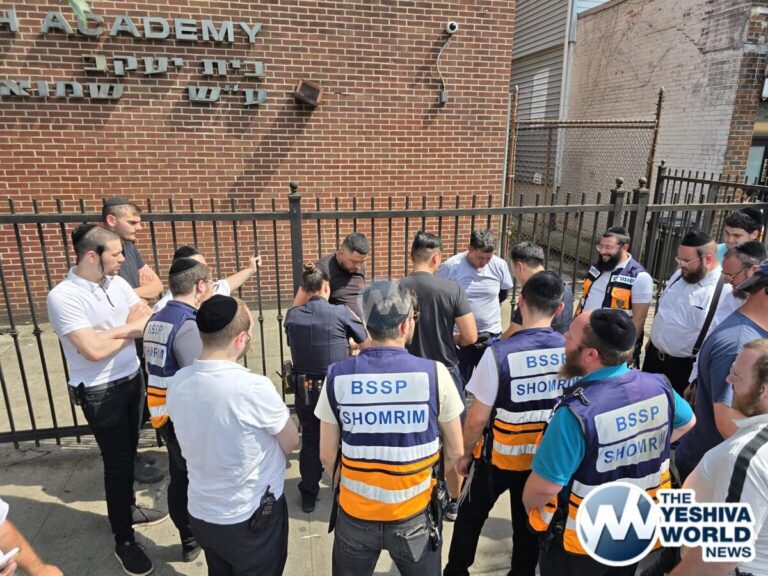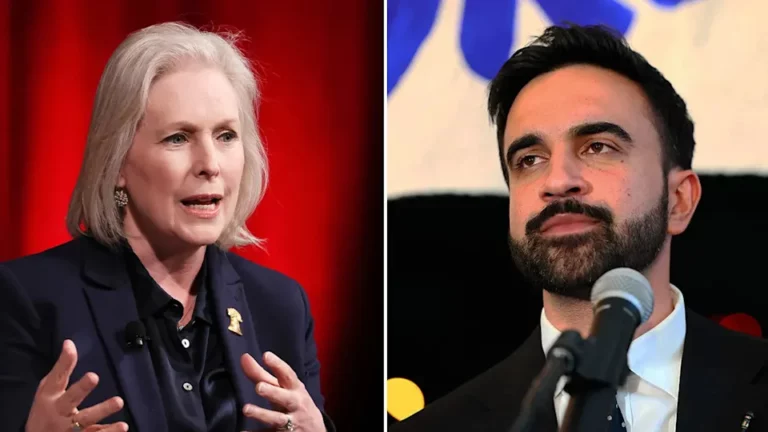 [YWN PHOTO LINK BELOW] Anyone taking part in the Monday morning mayoral visit to United Hatzalah headquarters in Jerusalem would agree that this organization defies the realities of the Mideast and Eretz Yisrael.
[YWN PHOTO LINK BELOW] Anyone taking part in the Monday morning mayoral visit to United Hatzalah headquarters in Jerusalem would agree that this organization defies the realities of the Mideast and Eretz Yisrael.
Mayor Nir Barkat arrived in a timely fashion, escorted by his aide on chareidi affairs, R’ Avraham Kroizer. The mayor, who is no stranger to hi-tech and organization was truly impressed as he explained, but perhaps more potent was the expression on his face as he was escorted through the facility. He expected another tour, more first-response kits, equipment and the routine breakfast meeting, but he was pleasantly surprised.
State-of-the-art command center, equipment and technology aside, it was evident that the mayor learned first-hand that the stigma that accompanied his image of UH prior to the visit was inaccurate, way off base, quickly realizing the organization crossed all lines, political and religious.
As anyone in the Emergency Medical Service field can testify, when a call is received for a potentially life-threatening situation, one responds without any thought as to the affiliation of the party who summoned assistance. This was the theme Monday morning, as Mayor Barkat spoke with Eliad Murad, who is the head of UH operations in the eastern capital (Arab sector), with Eliad explaining that while he needs more manpower, today he boasts 35 volunteers including 3 physicians who respond to calls. He is a longtime veteran, having years of experience with MDA, but he explained to me on the side, “there is no discrimination here”, boasting the same state-of-the-art equipment in the eastern capital as seen anywhere around the country.
Ironically perhaps, Eliad was speaking with his good friend and colleague, Yossi Ben-Shachar when I was introduced to him, who oversees UH operations in the Old City’s Jewish Quarter, including the Kosel. A resident of the Holy City for some 40 years, Yossi and Eliad have on many occasions responded to calls in the Jewish and Muslim areas of the city, each providing quality care towards saving lives. Yossi explained when alerted to a call, there are no political or geographical boundaries, and his and his team responds wherever and whenever required.
The mayor was truly astounded; well-aware that despite what many believe, perhaps due to the large number of chareidi volunteers in the capital, UH is far from an exclusive club manned by and serving only chareidim, but a well-oiled machine, an EMS in every sense of the word, including some 1,500 volunteers representing all sectors of the Israeli population.
United Hatzalah is growing rapidly, as it now boasts 125 motorized scooters and motorcycles, 18 bicycles, 8 ambulances, a boat [which is docked in the Kinneret], six 4 X 4 search and rescue vehicles, a scene command center and three nationwide emergency supply warehouses. One must remember that every volunteer also has a car or motorcycle as well.
Visiting the nationwide HQ last week, Deputy Health Minister R’ Yaakov Litzman basically echoed the mayor’s words. Yes, he is familiar with the organization but when he and the ministry’s head physician, treasurer and other senior officials began asking the difficult questions, they were more than pleased with the responses. The organization does not receive any government funding, and it raises it annual $3.5 million operational budget through hard work and a growing public relations network. Rather than sit back and cry over the hardships, Beer and his staff of dedicated volunteers and few salaried employees are building a state-of-the-art pre-hospital first response EMS, a nationwide endeavor.
Chief Operating Office Ze’ev Kashash is also amazingly modest, not one who tries to grab the spotlight, but his leadership and determination are evident in every aspect of the organization, from the smallest detail to the hi-tech command center.
The command center operates on a software program that dispatches medical personnel based on a number of variables, not just geographical location, but type of response vehicle, level of training (EMT, paramedic, physician), location and a number of other factors. Each morning, volunteers update their MIRS communications unit if there are any changes, signaling their availability and what type of vehicle they will have at their disposal that day. The GPS and computers take care of the rest. As one would expect in Eretz Yisrael, the communications device also has a “shabbos” mode, which adheres to the halachic dictate of the organization’s poskim.
One of the key figures instrumental is pushing UH is none other than Prof. Avi Rifkind, the nation’s number one traumatologist, the man who built the Hadassah Ein Kerem Trauma Unit, rated among the finest in the world. Unfortunately, Prof. Rifkind has seen more than his share of mangled bodies as a result of terror attacks and vehicular accidents. He trained at Maryland’s prestigious Shock Trauma Center, bringing America’s finest trauma care to Eretz Yisrael, adding his innovations, unparallel experience, resulting in the care seen today.
According to Eli Beer, UH is working to add 300 physicians nationwide, seeking to raise the level of care, unwilling to accept the norm, but seeking to bring first-response in Eretz Yisrael to an unparalleled level. He feels that if a call for a cardiac incident comes into dispatch, a physician should be dispatched along with paramedics, bringing optimal pre-hospital care.
Prof. Rifkind is working hand-in-hand with Beer and Kashash to bring hundreds of physicians into the network, developing a protocol that will be tailor made for Eretz Yisrael and its pre-hospital challenges.
Mayor Barkat was in total agreement, and committed to continue meeting with UH leaders towards bringing some of the innovations into the capital. He promised his staff would be in constant contact with UH officials, confident City Hall will develop a good working relationship with this vital organization.
Eliad explained to the mayor that he is in touch with the IDF Homefront Command, and his volunteers will play a pivotal role in educating children in the Arab sector regarding the IDF’s earthquake preparedness program.
The mayor is genuinely interested in having UH instructors train municipal inspectors in basic first aid, CPR and other life-saving techniques, and Beer feels they can design a very basic first aid pouch for the hundreds of inspectors to wear on their belts, once again towards cutting response time of a trained person in an hour of need. Other programs were mentioned as well, and it is clear this meeting will be the springboard for enhanced cooperation between City Hall and UH.
The mayor stressed that City Hall and UH must increase cooperation in the sphere of exchanging information, since after a major incident, a terror attack chas v’sholom for example, the debriefing in City Hall must include UH members since they are generally first on the scene and they provide a wealth of information that to date may have been lost, or unknown by city officials.
Mayor Barkat shares UH’s vision of a nationwide dispatch service as an umbrella for all emergency services, police, fire and medical, as the direction of the future. Mayor Barkat calls it his “311 system”. Such a concept is represented in the bill in Knesset encouraged by UH, called the “911 Bill” seeking to established an organization (RACHEL – Reshut Cheirum Leumit) to mimic America’s Office of Emergency Management.
Beer explains that in the 21st century, it is absurd that one must phone three agencies if there is a car accident with injuries, 100 for police, 101 for an ambulance and 102 for fire, since the dispatchers to not share information. He is optimistic and knows it is only a matter of time until the nationwide emergency dispatch system is operational. Needless to say Kashash and other top management officials concur.
To date, UH has trained literally thousands of citizens in different levels of first aid and CPR, and its caring and professional instructors reach out to all sectors of Israeli life in a number of languages.
When asked by the mayor how UH cooperates with Yad Sarah, Beer explained for one thing, when one of the hundreds of thousands of citizens with a Yad Sarah panic button calls for assistance, a UH member is immediately dispatched, assessing if an ambulance is required. In many cases, one just requires some assistance, perhaps getting up following a fall, and an ambulance transport to a hospital is not required.
Since UH does not charge for its response and treatment services, the patients in many cases are spared the expense of a MDA ambulance, which can be quite costly, in excess of hundreds of NIS.
Beer took me to the side and explained a bit of the history of this relatively young organization. Operating less than four years, I was seeking an explanation for its impressive growth. Mr. Beer explained “there is one person out there who is the man behind the success, a resident of the United States, Mr. Mark Gerson, who avoids media coverage when possible”.
Gershon is the chairman of board of International United Hatzolah and “he works tirelessly as a result of his concern for the residents of Eretz Yisrael”.
“His efforts have literally resulted in saving thousands of lives in Israel” Beer concluded.
The organization is a true EMS by any definition of the word, and perhaps unique to Israel, is less concerned with internal politics and somehow remains above the day-to-day conflict that plagues Israeli politics, focusing on the prime objective, delivering life-saving care in an expeditious fashion.
Beer and Kashash are confident that in the coming years, as the organization continues to grow, with volunteers and responders in all areas of the country, we will see an average response time of 2 minutes, and that they explain is what it’s all about.
YWN PHOTO LINK: Click on the following link for photos by Yechiel Spira: http://www.theyeshivaworld.com/photos.php?albumid=5446214265147187009
(Yechiel Spira – YWN Israel)


